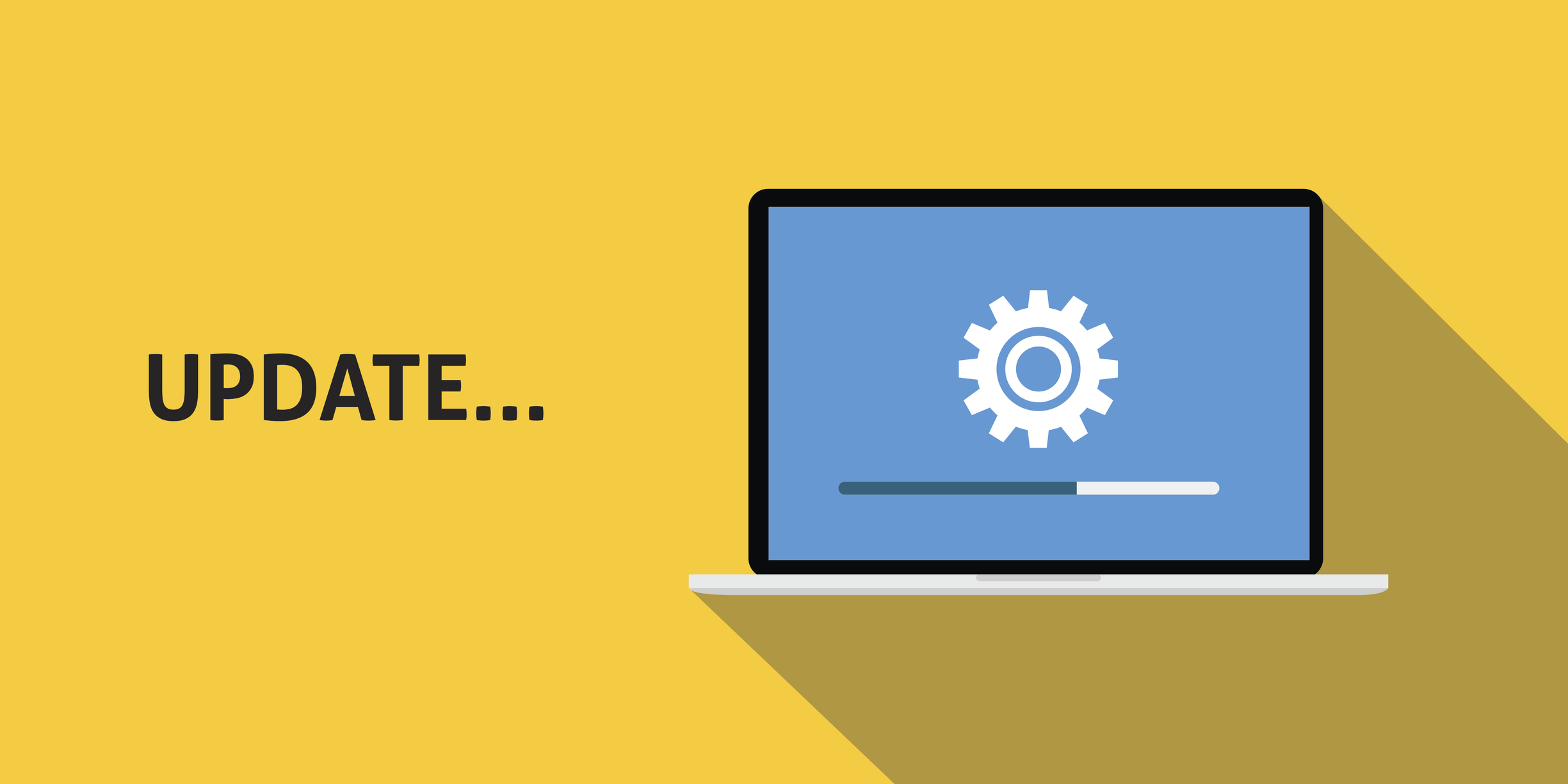Managing Windows 10 Branch Upgrades With Ivanti Part 2
In the previous article, I explore the first part of how Ivanti can help with Windows 10 branch upgrades through pre-upgrade education and communications. In this the second part, I will discuss how Ivanti solutions manage Windows 10 branch upgrades with the solution preparation, rollout, and issue management.
Solution preparation
- Upgrade readiness: The large size of branch upgrades elevates the need to monitor free disk space. Using Ivanti Management Suite’s inventory capabilities, one can periodically review a report to see who is running out of space.
If a manual report is a hassle, alerts can also be generated to automatically prompt for action.
- Targeting: Ivanti Patch Manager will inventory hardware, software, branch types (Current Branch or Current Branch for Business), and Active Directory users and groups to use in targeting of branch upgrades. This targeting becomes particularly valuable when used for staged rollouts (see more in next section).
- Distribution: With the need to push large upgrade files, a robust software distribution capability is a must. Ivanti Patch Manager has numerous capabilities for distributing branch upgrades efficiently across your network including:
- Targeted multicasting
- Peer-to-peer downloading
- Bandwidth throttling
- Distribution servers
- Checkpoint restart
- Off-Network Systems: How many of your enterprise clients are off the corporate network at any given time? With so many employees who work remotely or travel, the Ivanti Cloud Services Appliance enables management of systems without a VPN. Using a virtual or physical appliance, the Cloud Services Appliance can enable branch upgrades to occur anywhere.
Upgrade rollout with Ivanti Patch Manager
Having a methodical rollout process is critical in large enterprises. The version 2016 release of Ivanti Patch Manager includes a new capability, Rollout Projects, for systematically rolling out patches or branch upgrades. Rollout projects is ideal for automating the deployment and execution of branch upgrades to specific groups of computers in a specific order.
As part of the automation, each step can have exit criteria before moving on. Such exit criteria include:
- Minimum success rate of systems upgraded
- Minimum duration of executing that step to give time to identify potential issues
- Email approval if you need manual change control to proceed
These exit criteria enable the complex process of rolling out branch upgrades to proceed automatically, but with controls to prevent issues from spreading to the next phase.
Issue management
Addressing service issues related to branch upgrades can be achieved with Ivanti Service Desk where incidents can be tracked, problems managed, and service levels measured. Unlike most service management tools, Service Desk’s integration with Ivanti Management Suite enables service management to include taking actions such as remote assistance when users need help with upgrade issues, system reimaging when upgrades go bad, or software upgrades to maintain compatibility with branch upgrades. This combination of capabilities comes together in Ivanti Workspaces for the IT Analyst where a user and their devices can be found and actions applied such as remote control or installation of software.
Key takeaways
As usual here are some key points to remember:
- Windows 10 branch upgrades are complex and Ivanti helps automate this process.
- Ivanti Service Desk gives end to end service management before, during, and after the upgrades.
- Ivanti Patch Manager automates phased upgrades with network-sensitive distribution and intelligent targeting.
- Ivanti Management Suite helps prepare for upgrades and address issues should they arise.

